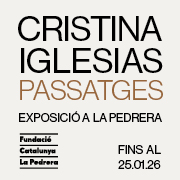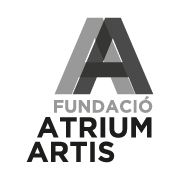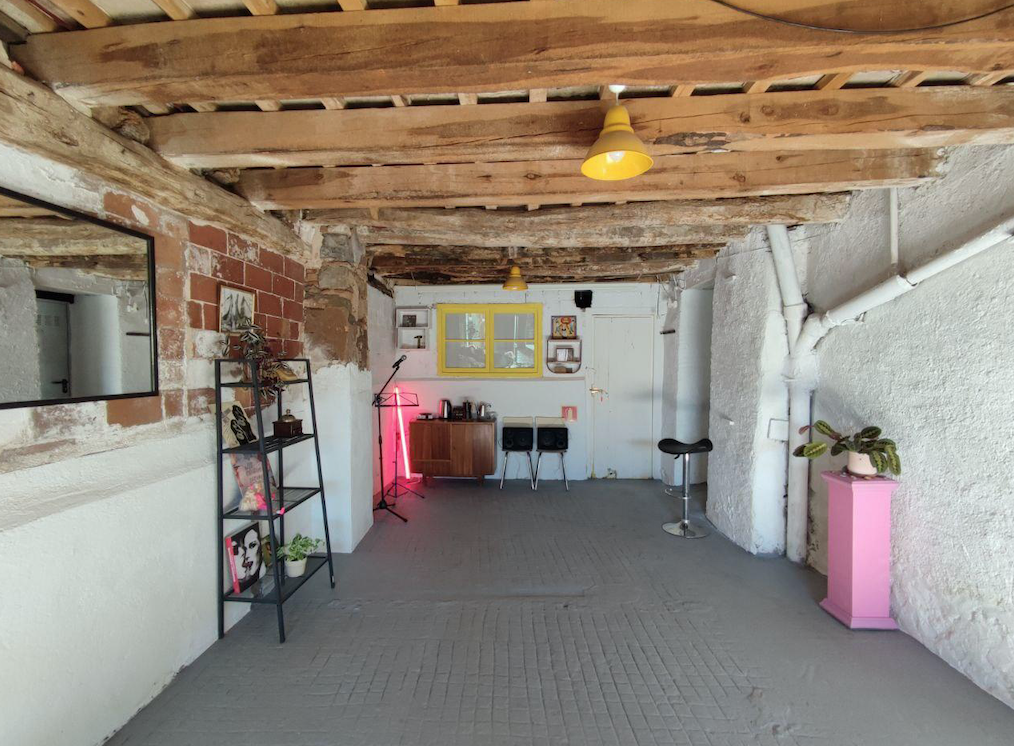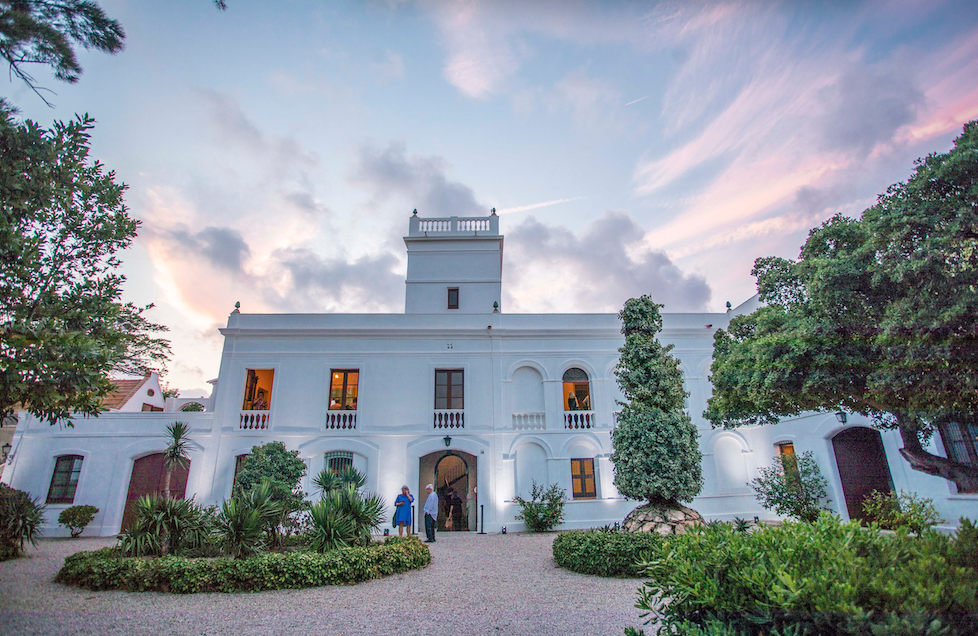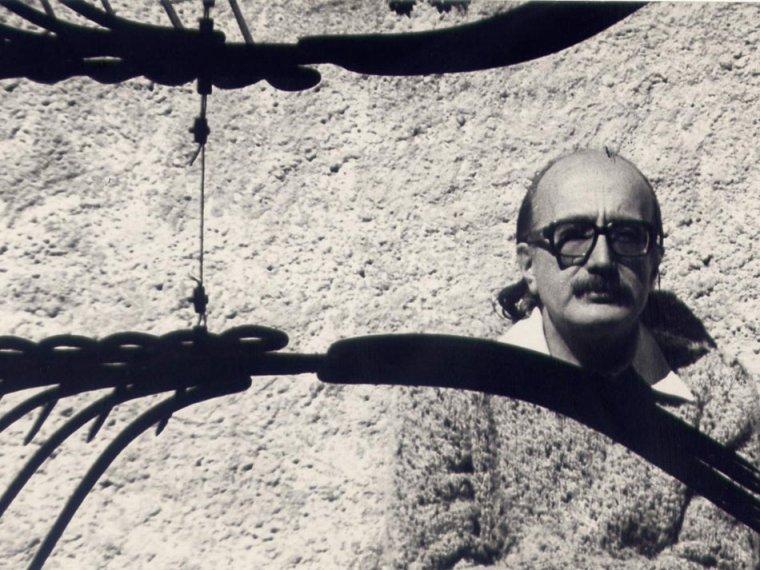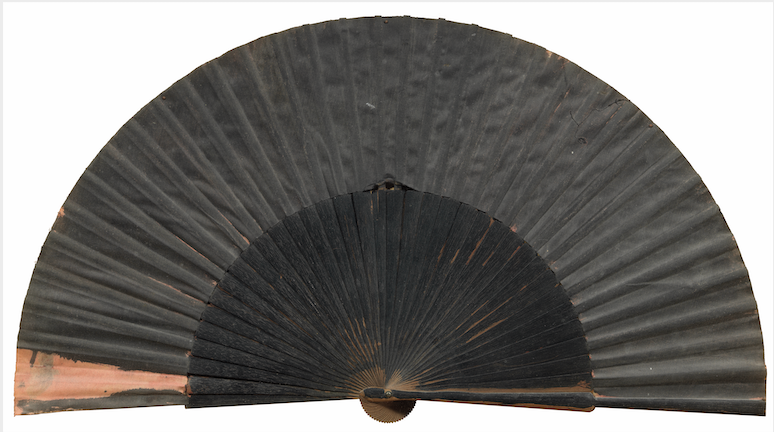library
In Cadaqués: architects who were artists and designers
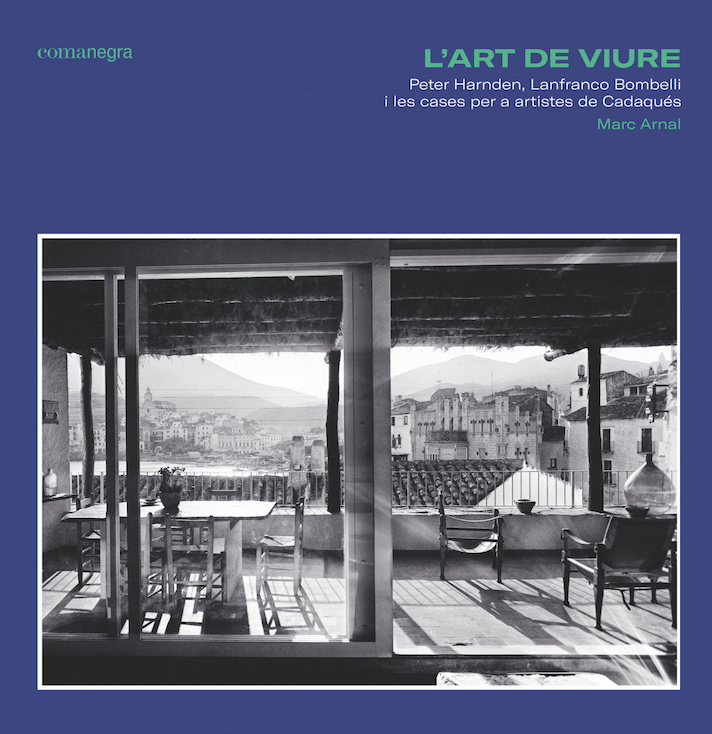
A recent book by Marc Arnal Huguet, which arises from his doctoral thesis, takes us into a time of great creative effervescence in Cadaqués during the sixties of the last century, shows us that Cadaqués is not just Dalí and allows us to affirm that Cadaqués was then something else. The art of living. Peter Harnden, Lanfranco Bombelli and the Houses for Artists of Cadaqués, with a prologue by Vicenç Altaió and an epilogue by Huc Malla (Editorial Comanegra), is a magnificent book, documented, scholarly and with exceptional photographic and planimetric documentation, which we it allows to revive the art of living of some well-to-do people, of a group of good living.
In Cadaqués there were and are many other creative artists and architects who build and rehabilitate the rural past of the town. But Cadaqués, despite the celebrities who spend the summer there, is an intimate place and those who want to be seen showing off their wealth are not welcome. Despite the tourist invasion that affects the coastal towns, Cadaqués has not changed much, and the little that has changed or wants to change is the subject of harsh criticism because it endangers a monumental complex of great beauty. Thus, when in 1956 the English designer Peter Harnden and the Italian architect Lanfranco Bombelli first arrived in Cadaqués, they fell in love with it as Salvador Dalí and Marcel Duchamp had done before them, among many others. He soon began a poetic construction that the author of the book defines with method and precision through six emblematic houses in which architecture was lived as a work of art. Today, it would be good to take a cultural tour of this unique heritage in Catalonia and probably in Europe, where other towns, such as Saint-Tropez, for example, have experienced the presence of construction artists but not as concentrated as in Cadaqués. .
Harnden died 50 years ago and Bombelli was born 100 years ago. In Cadaqués they are both present in the monumental landscape through the houses of the gallery owner George W. Staempfli (1960) on the seafront, the sculptor Mary Callery (1961-63) and his workshop (1964), of the nature artist Xavier Corberó (1966) and publisher Fasquelle (1968), among others. But the book goes far beyond presenting and studying these houses, how they were before, what the commission and project were, and how they lived. The study delves into local construction systems, the integration of art in architecture, respect for the environment and the lives of some in Cadaqués during those years. Bombelli, influenced by Max Bill and the concrete art that defended purity, law and order in art and architecture, transformed the old sardine and anchovy processing factories into artists' workshops and went there. promote art. There are books that contribute to the preservation of the memory of architectural heritage, and this is one of them. The preservation of well-understood private heritage should be this: respect for the vernacular, respectful and creative adaptation to the needs of the moment and then, for the descendants, heirs or new owners, the awareness of knowing where they live.


